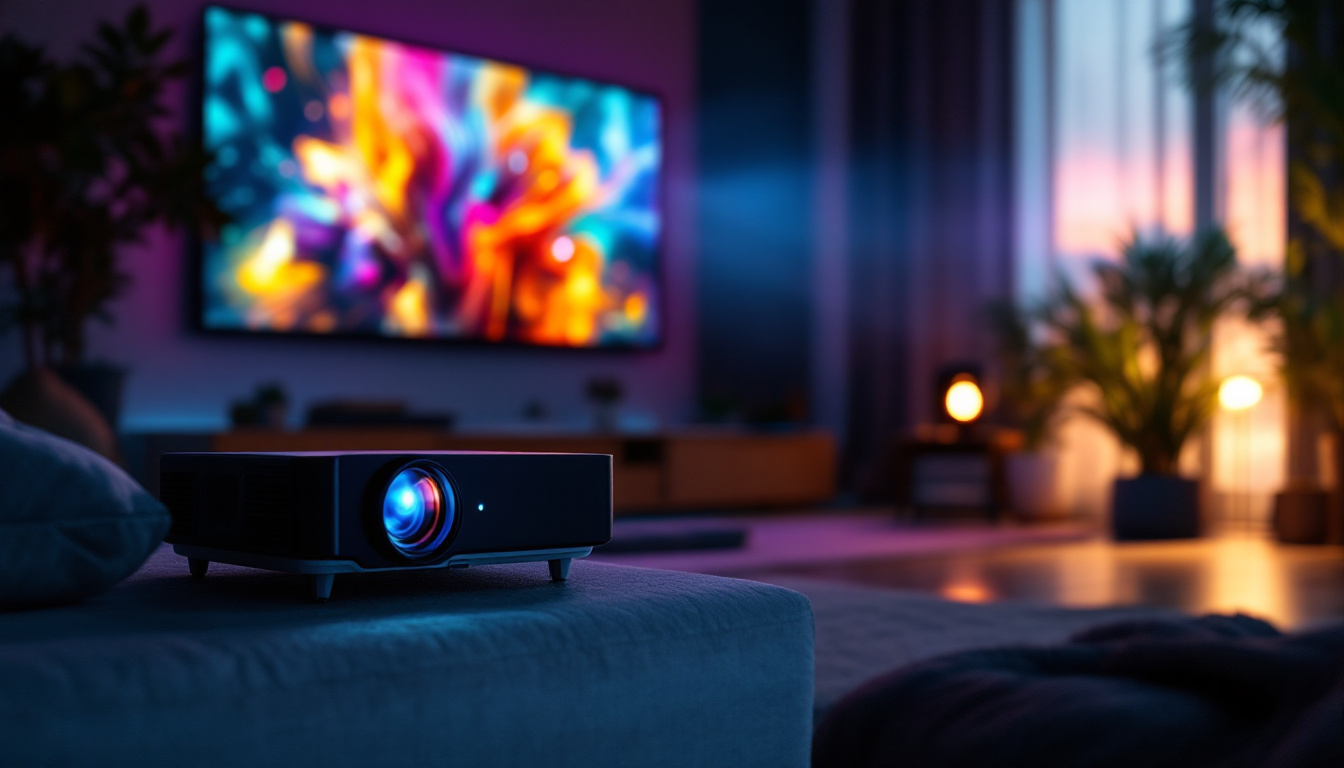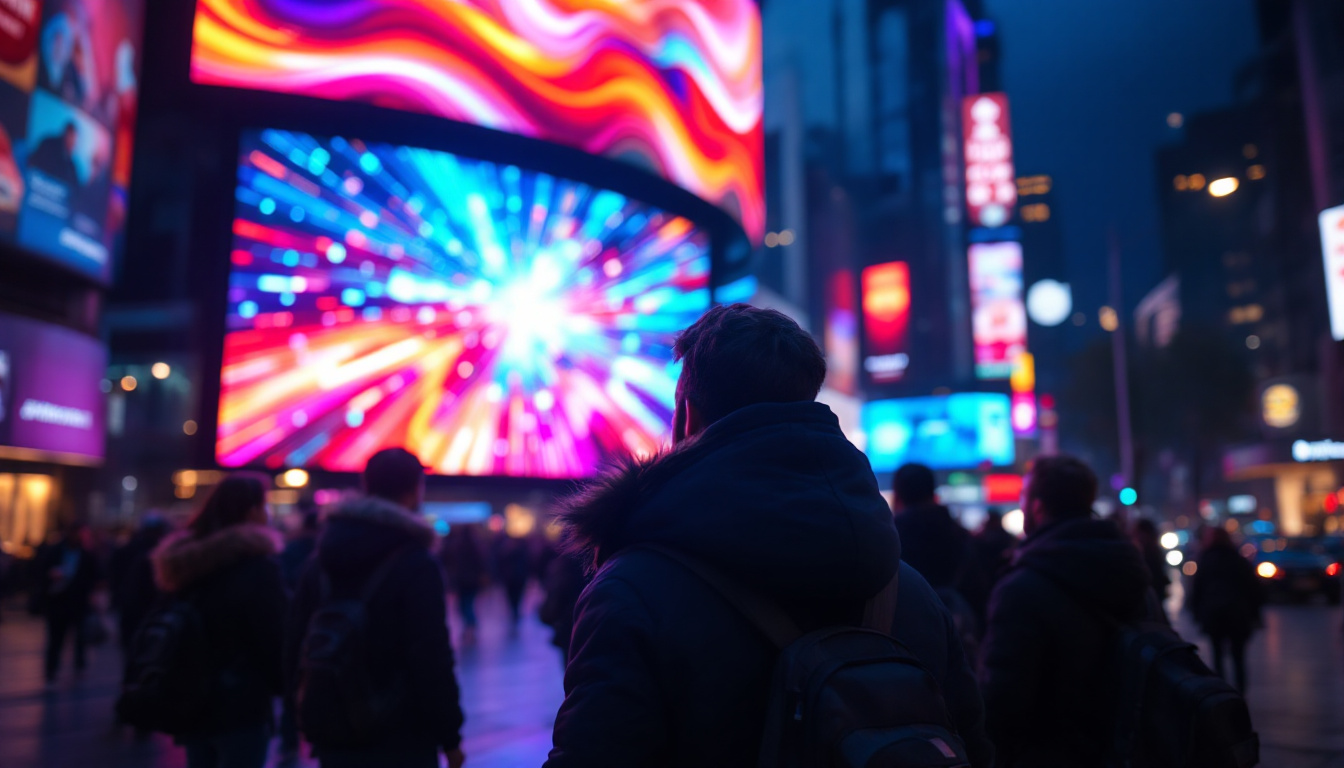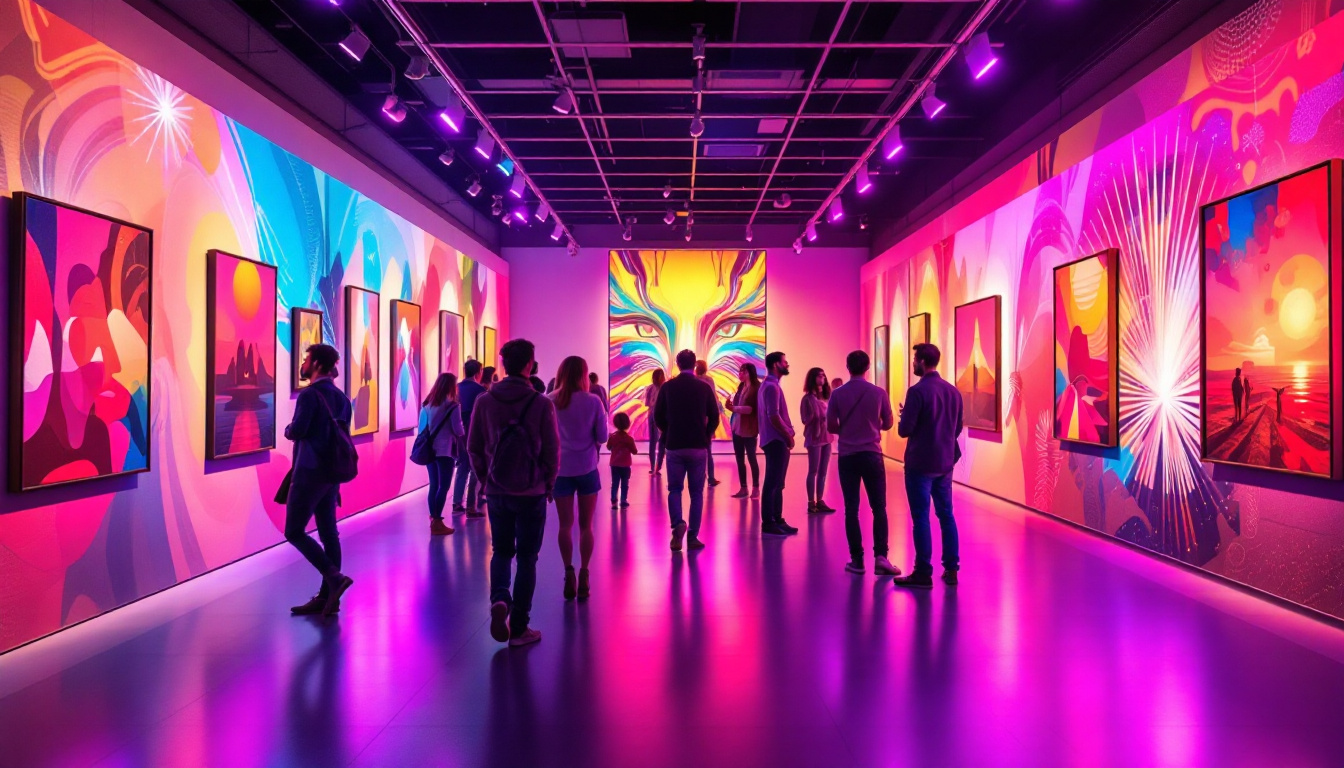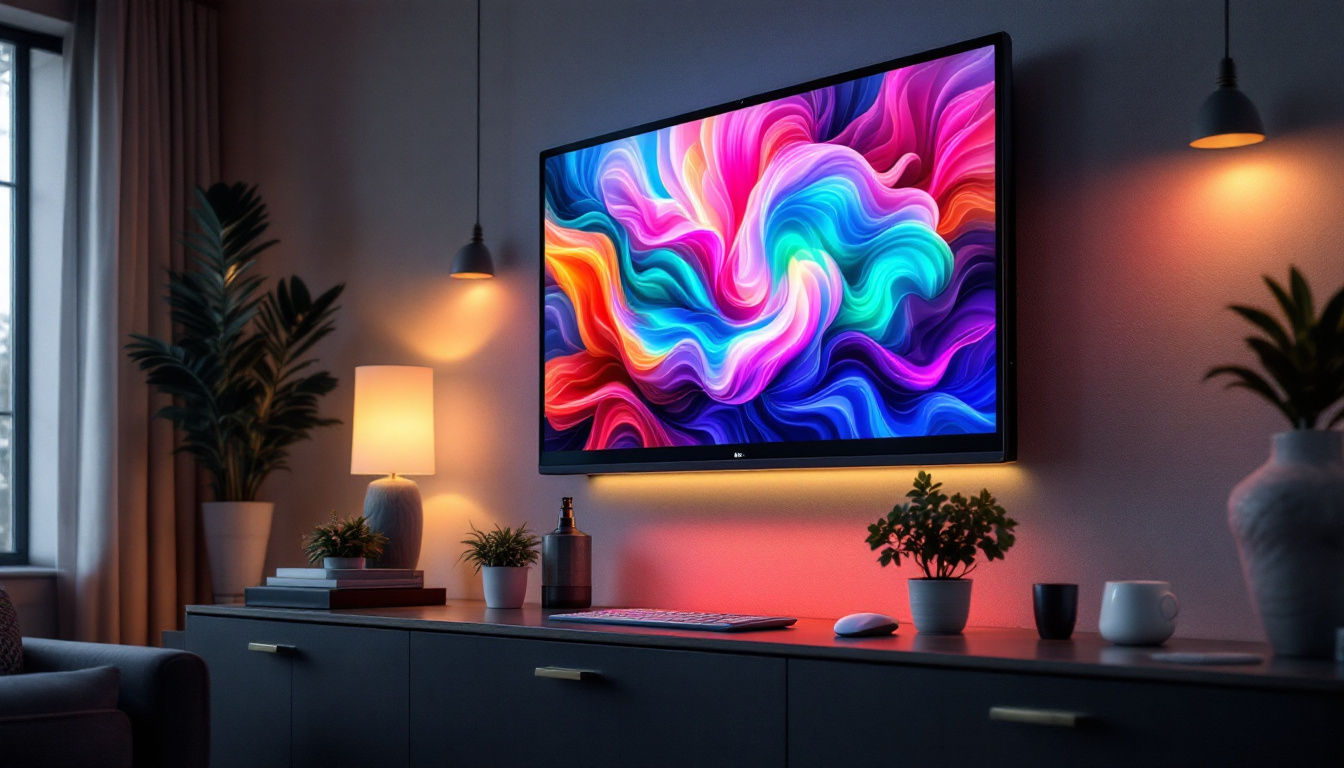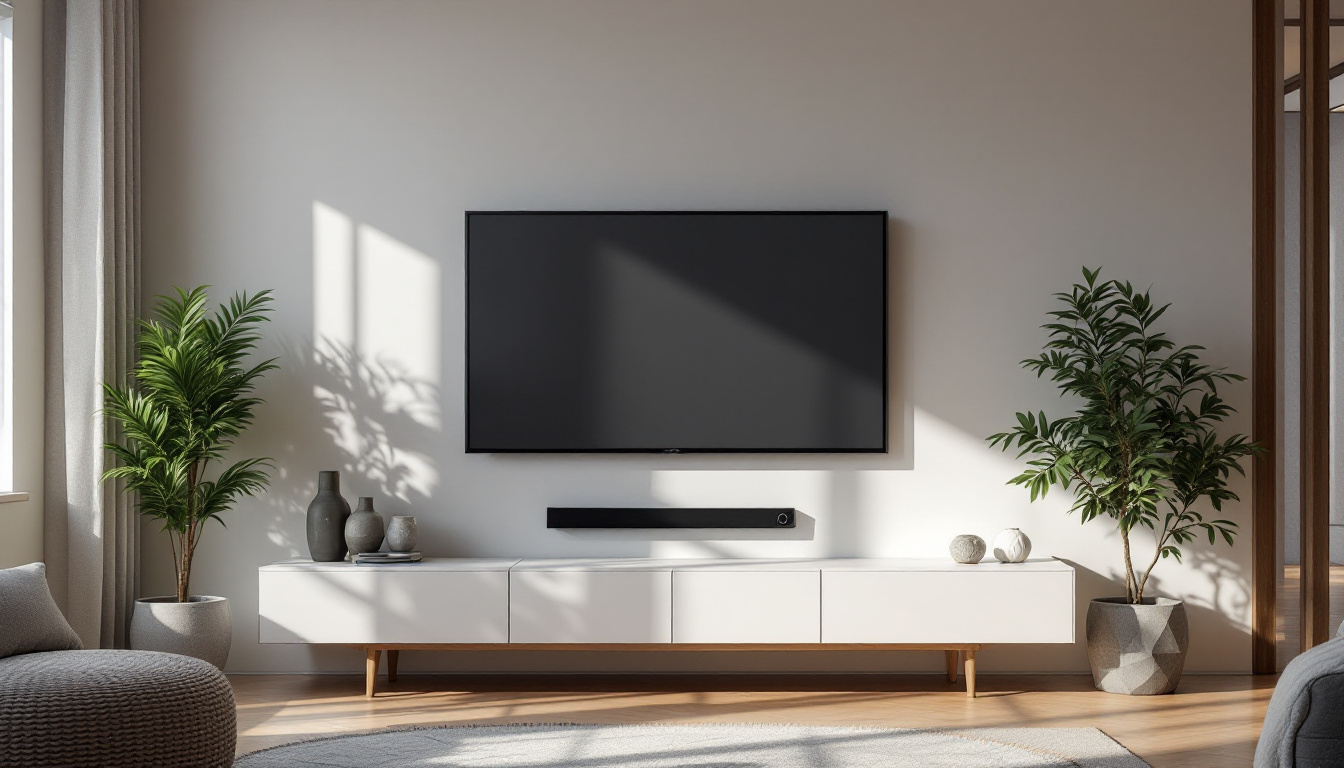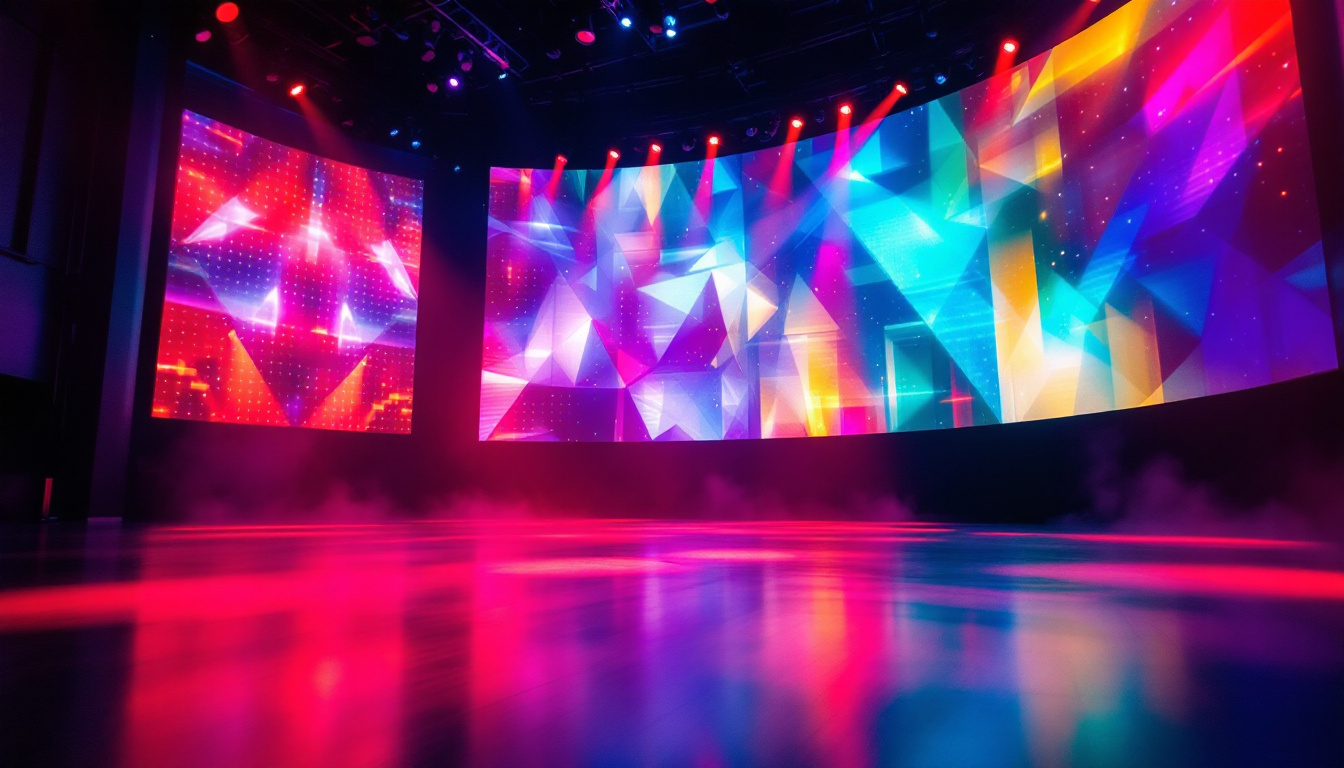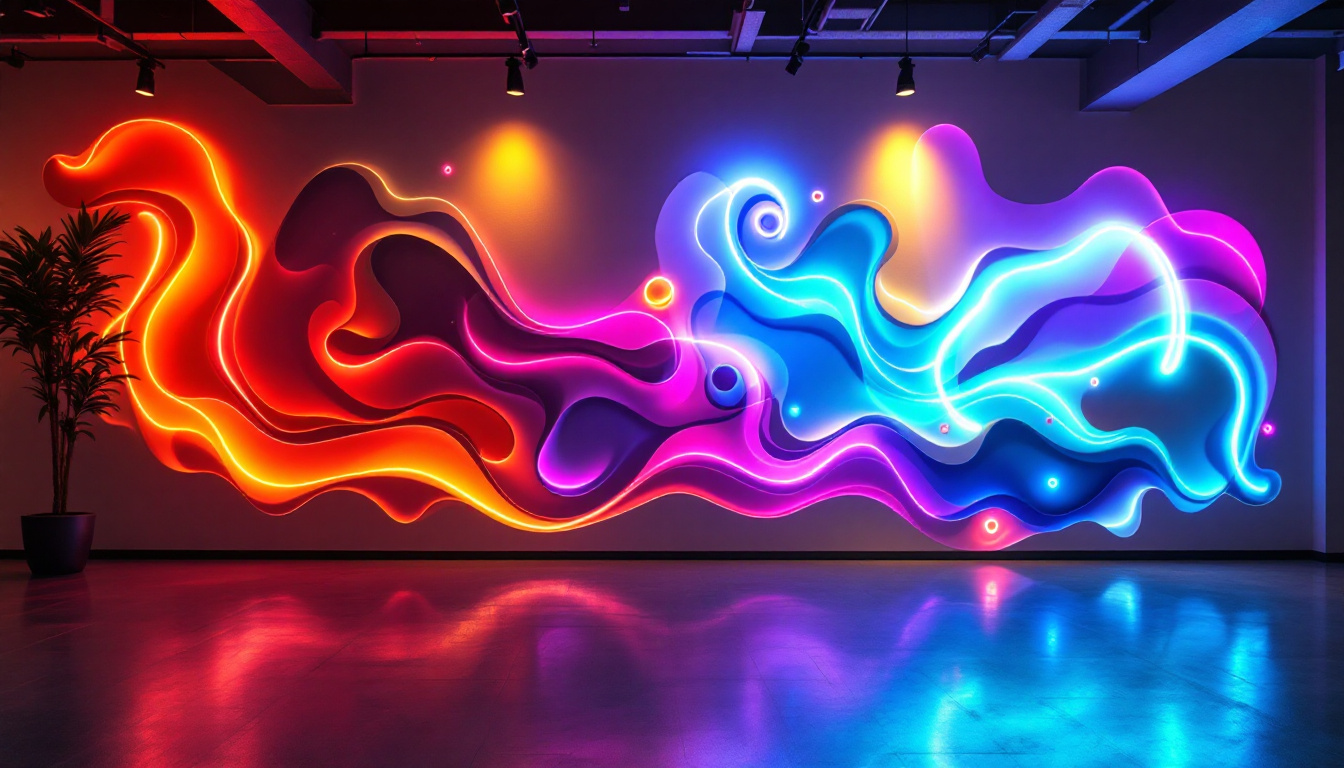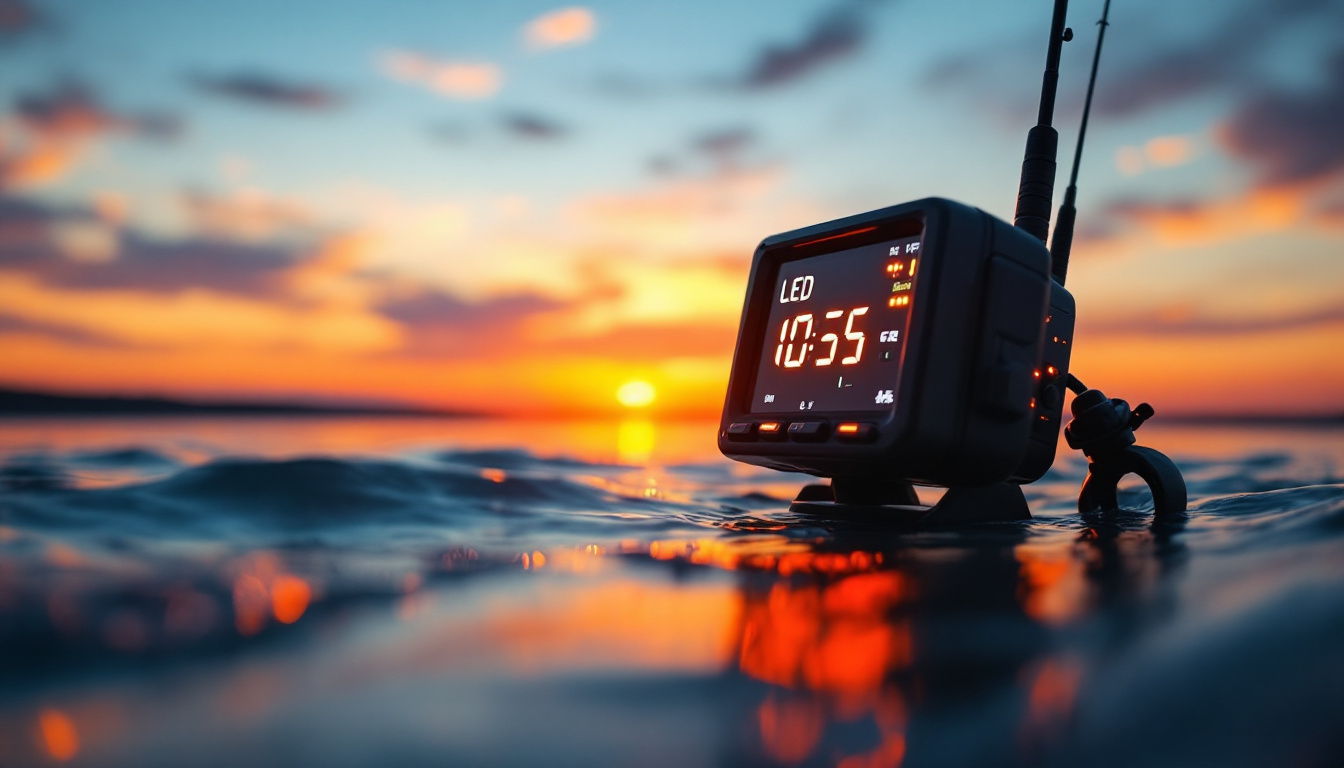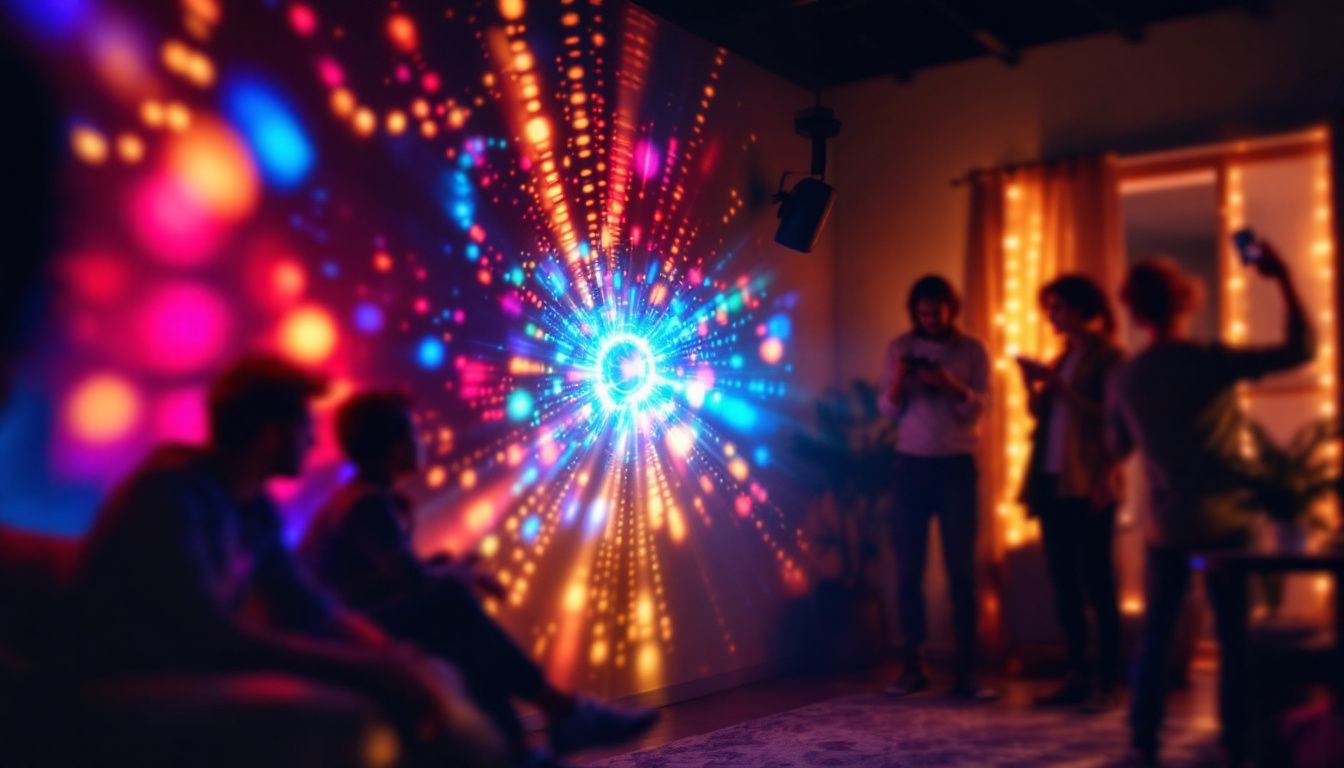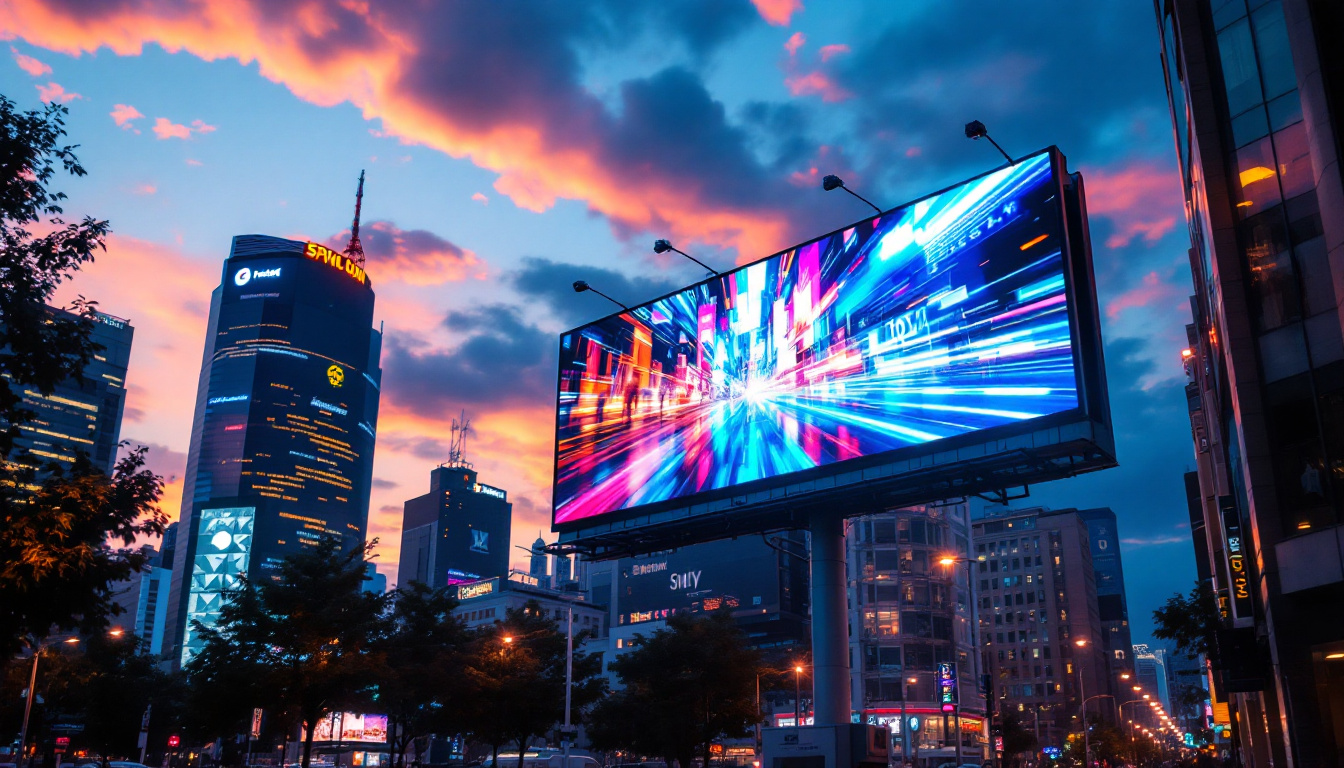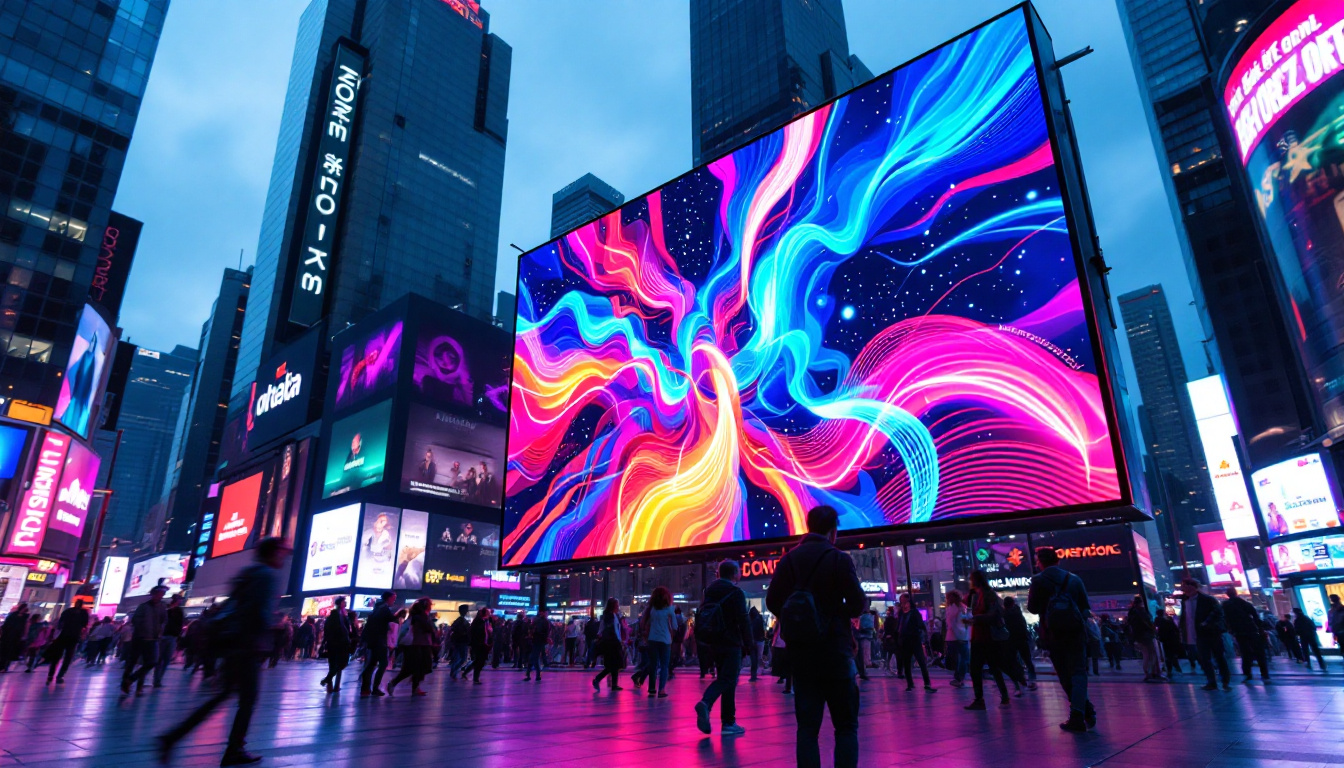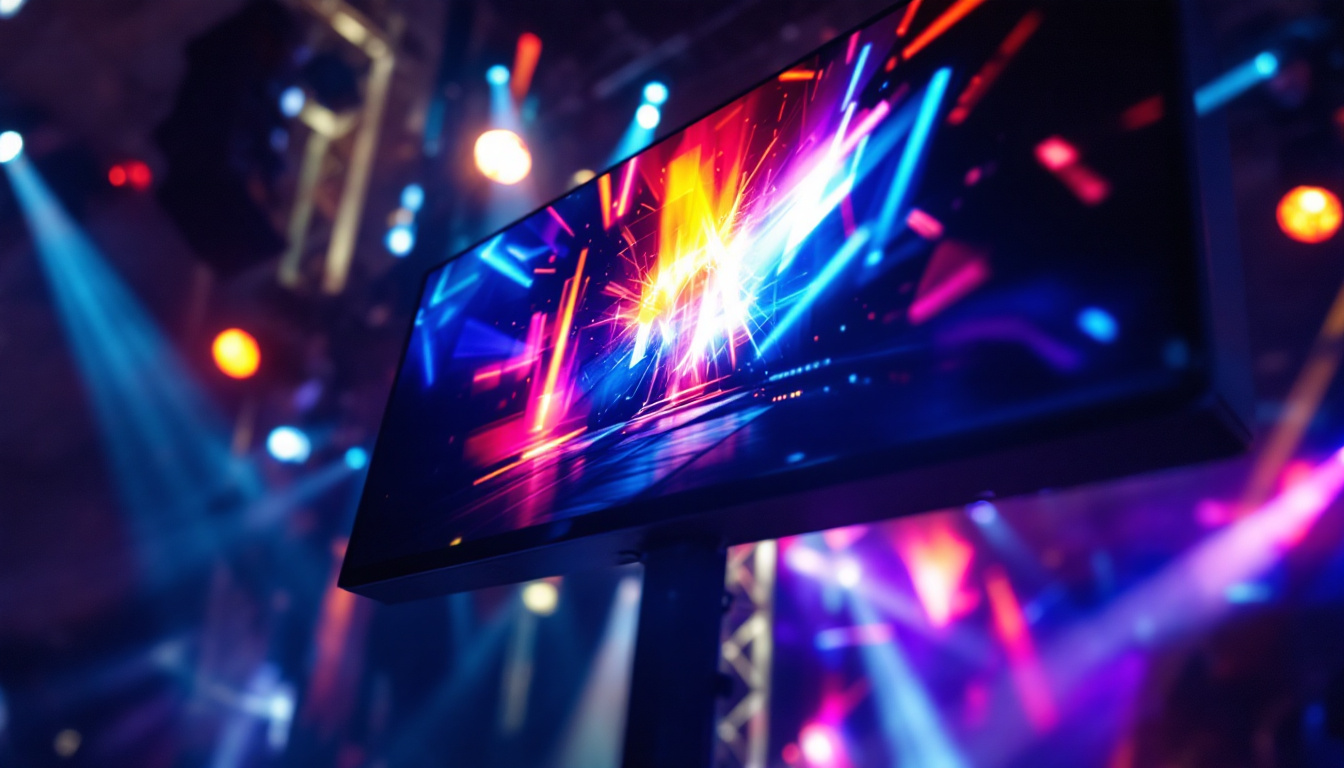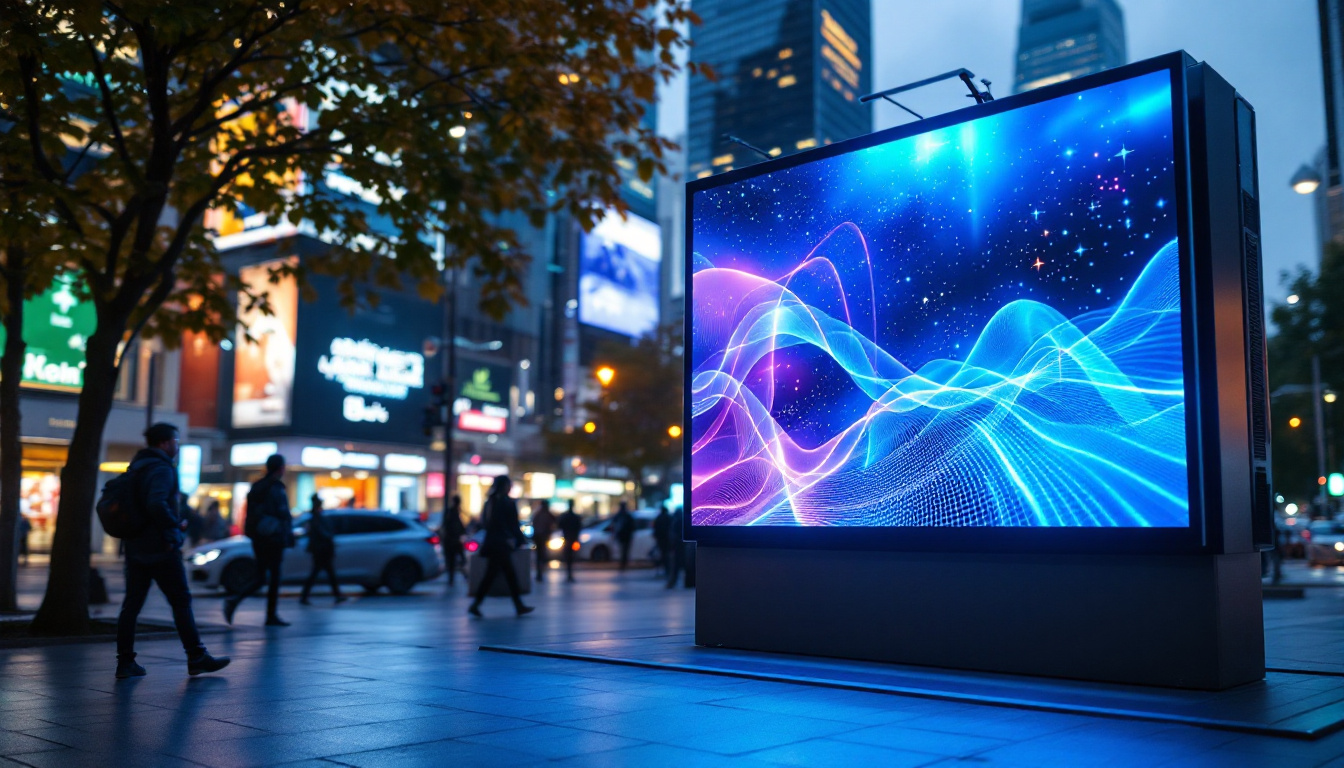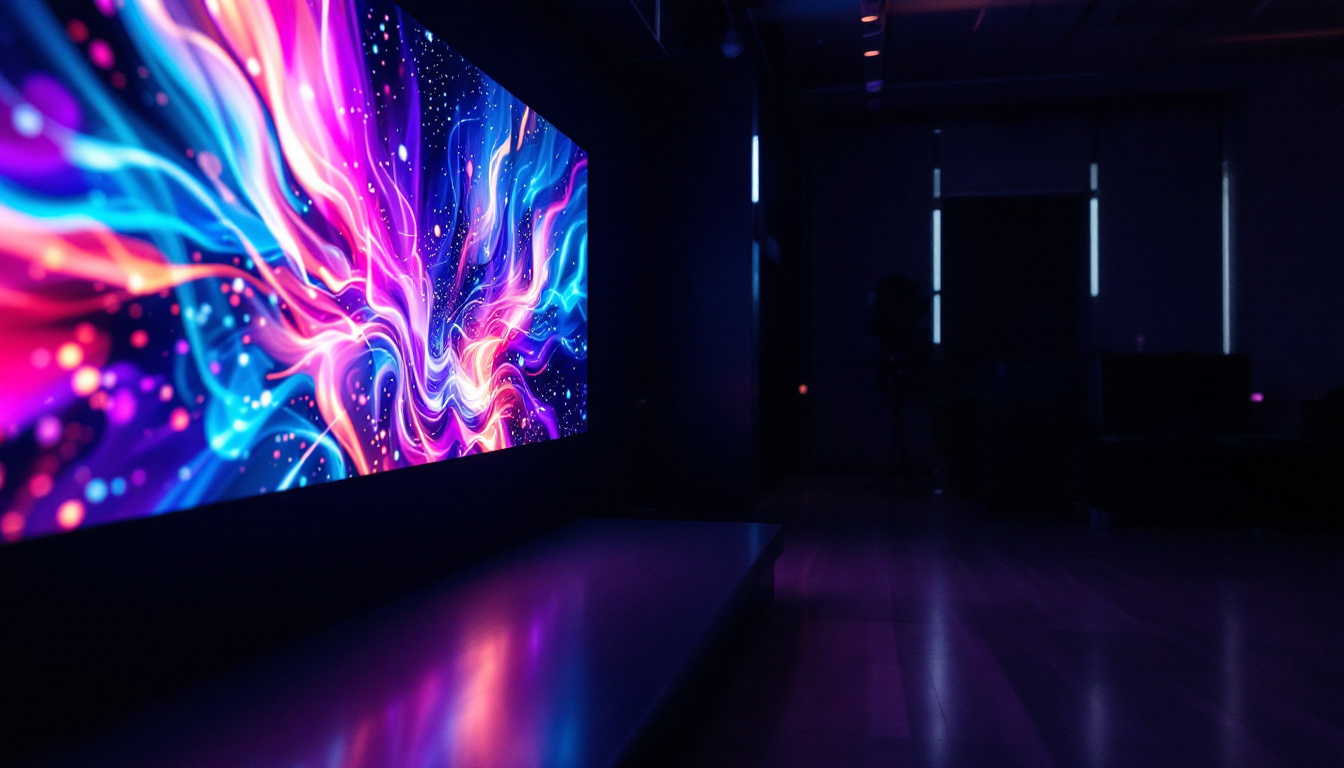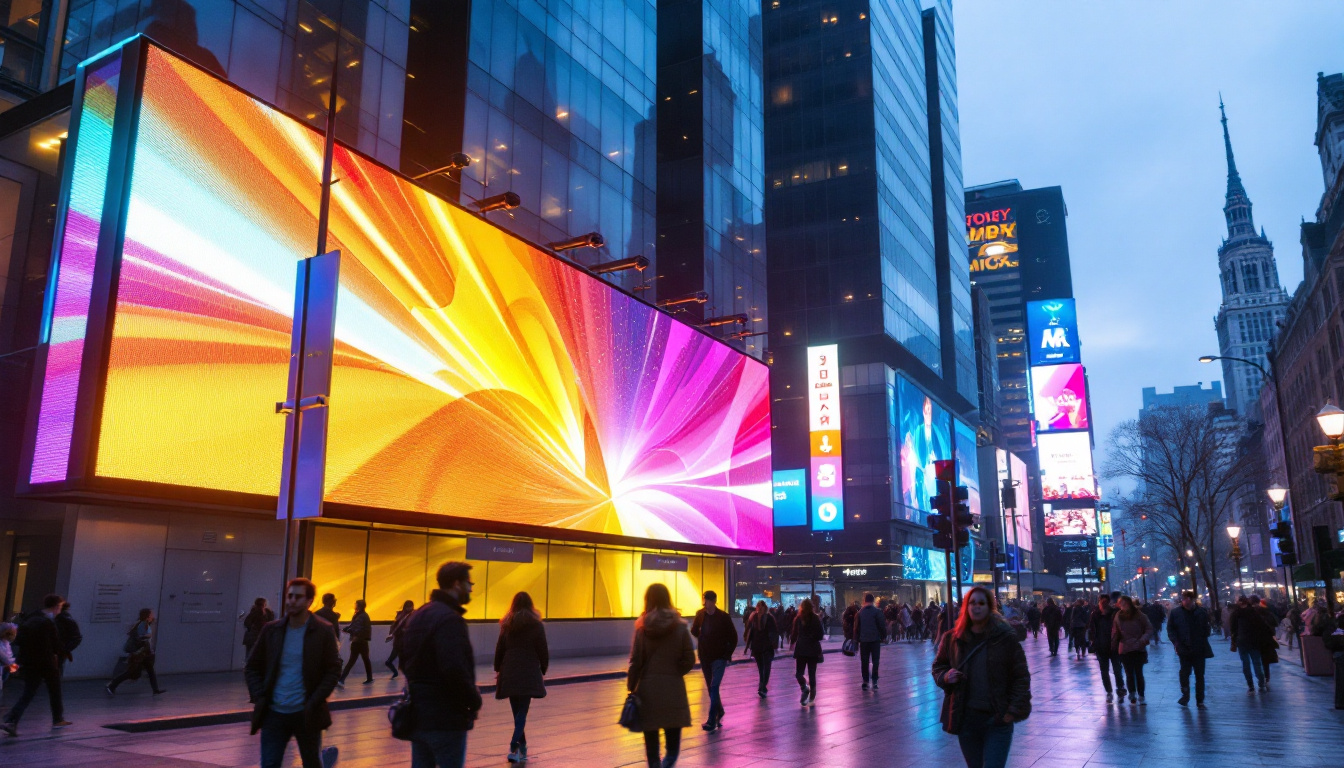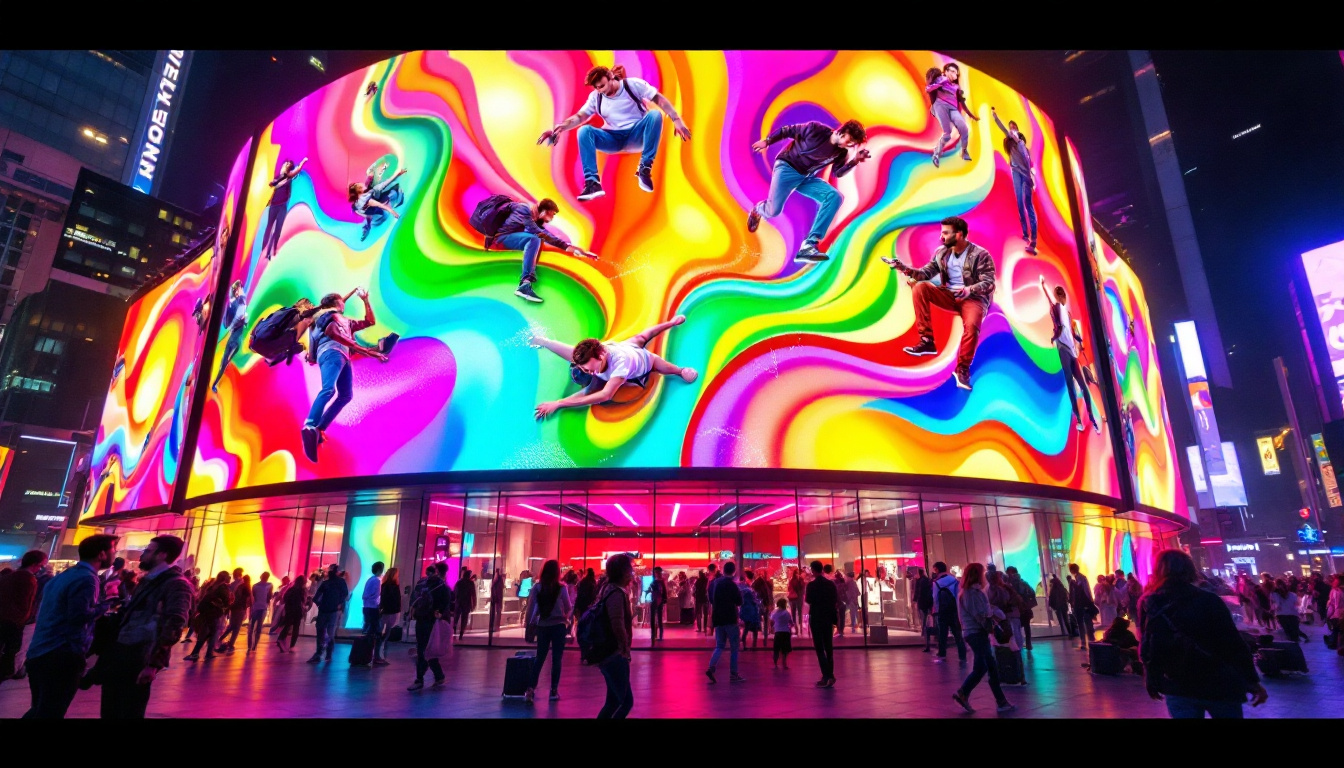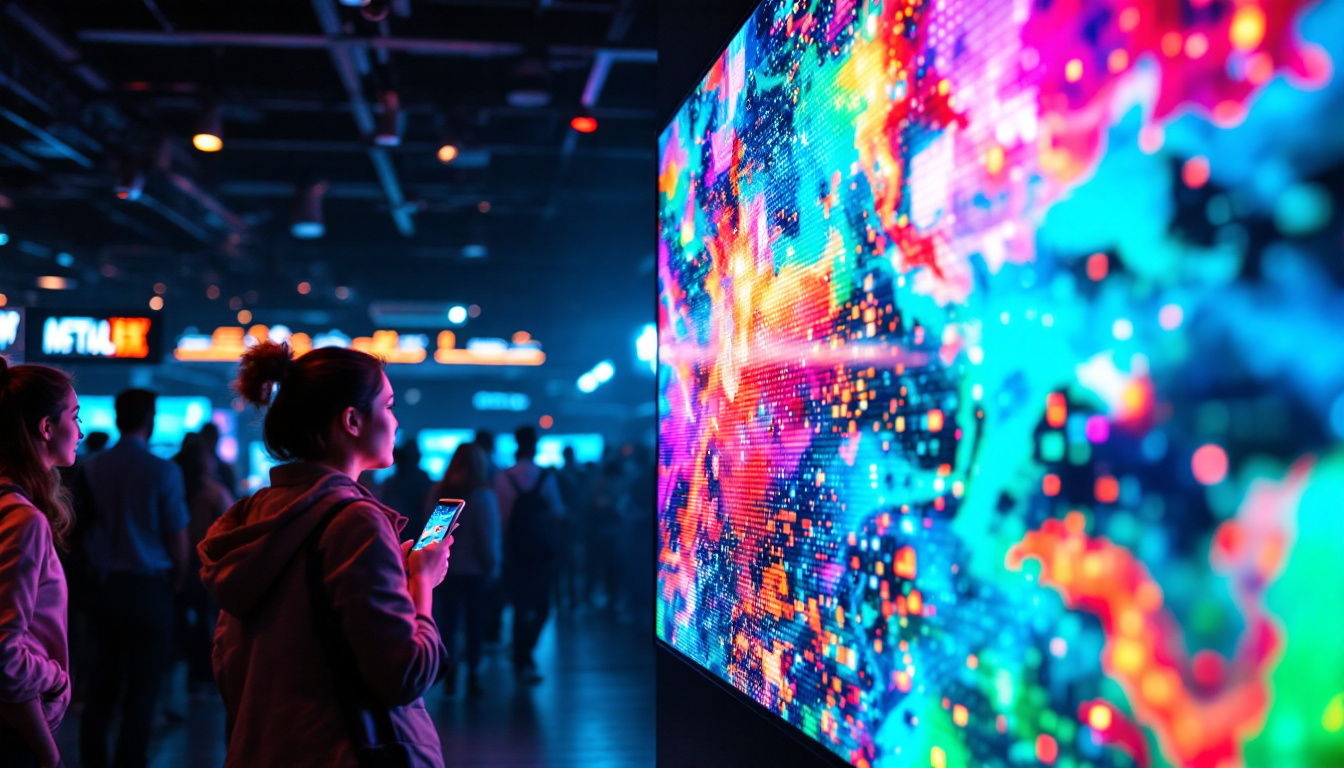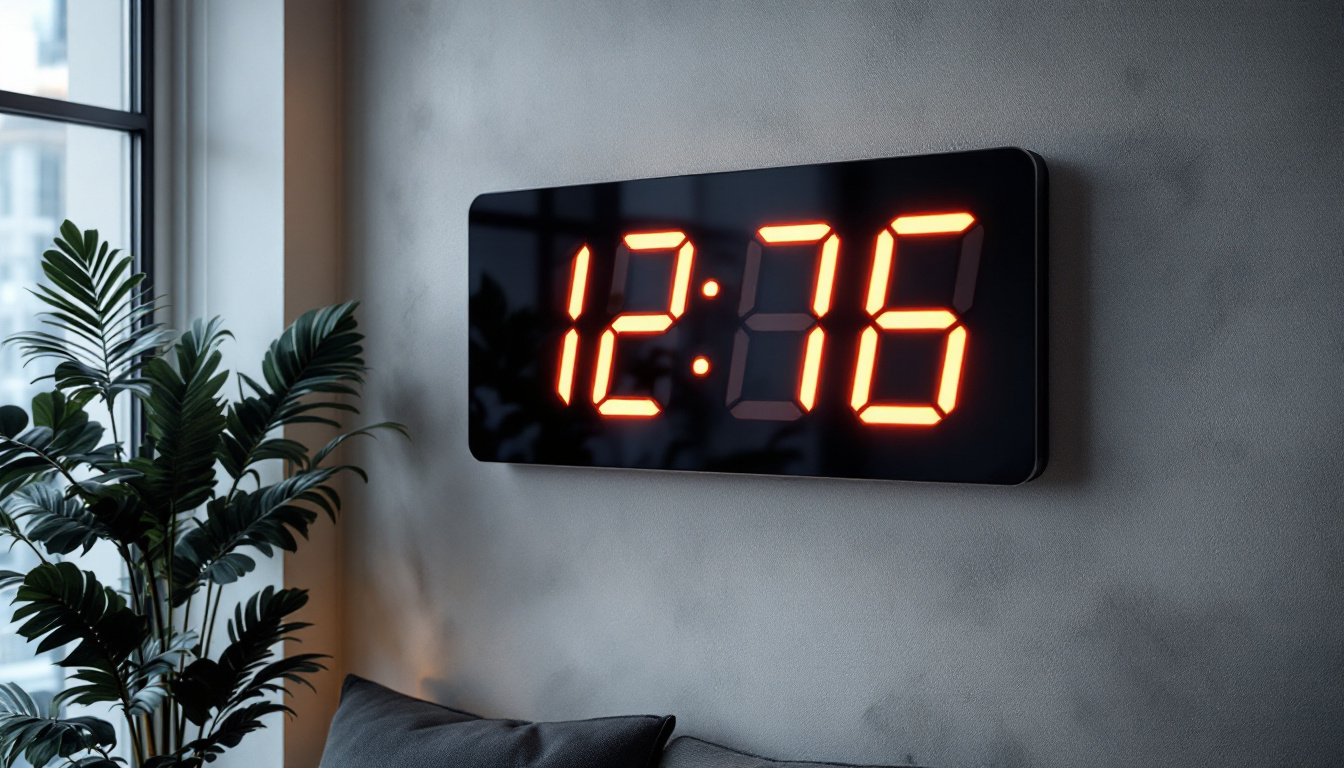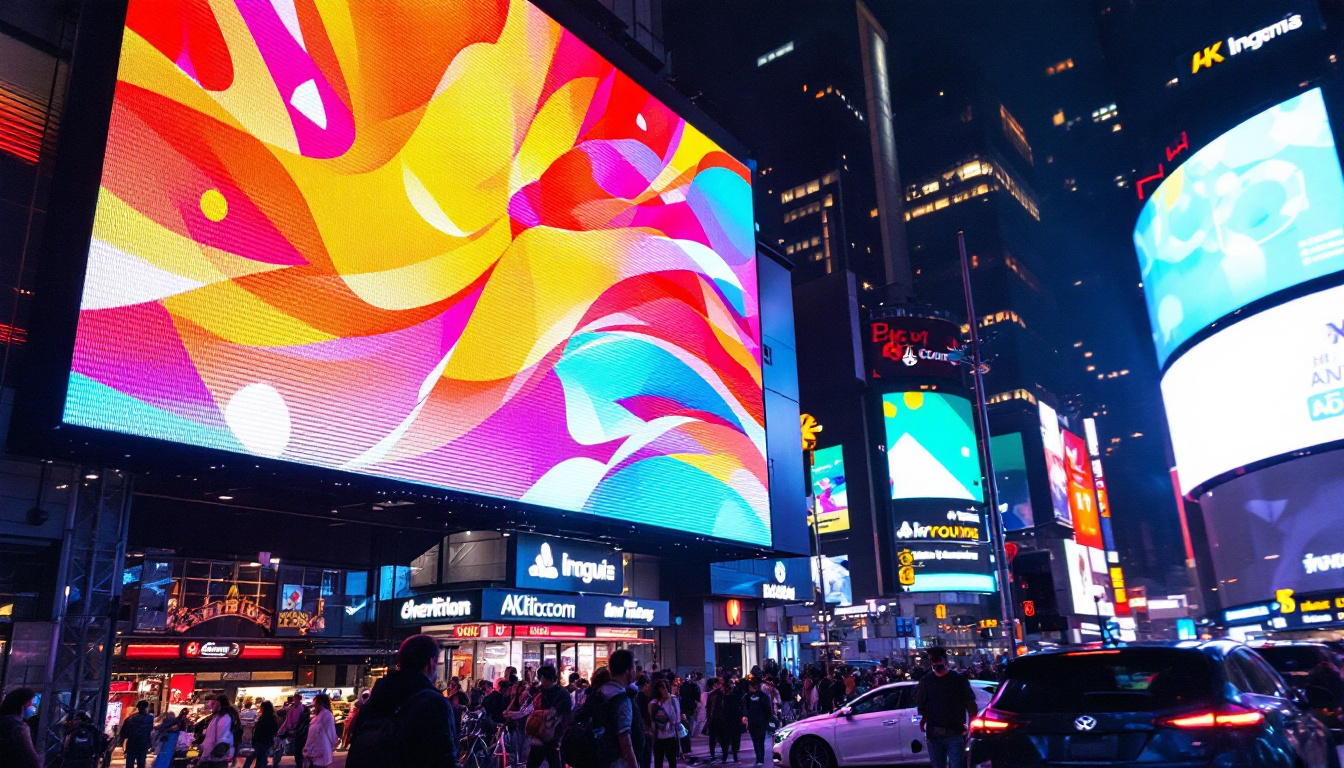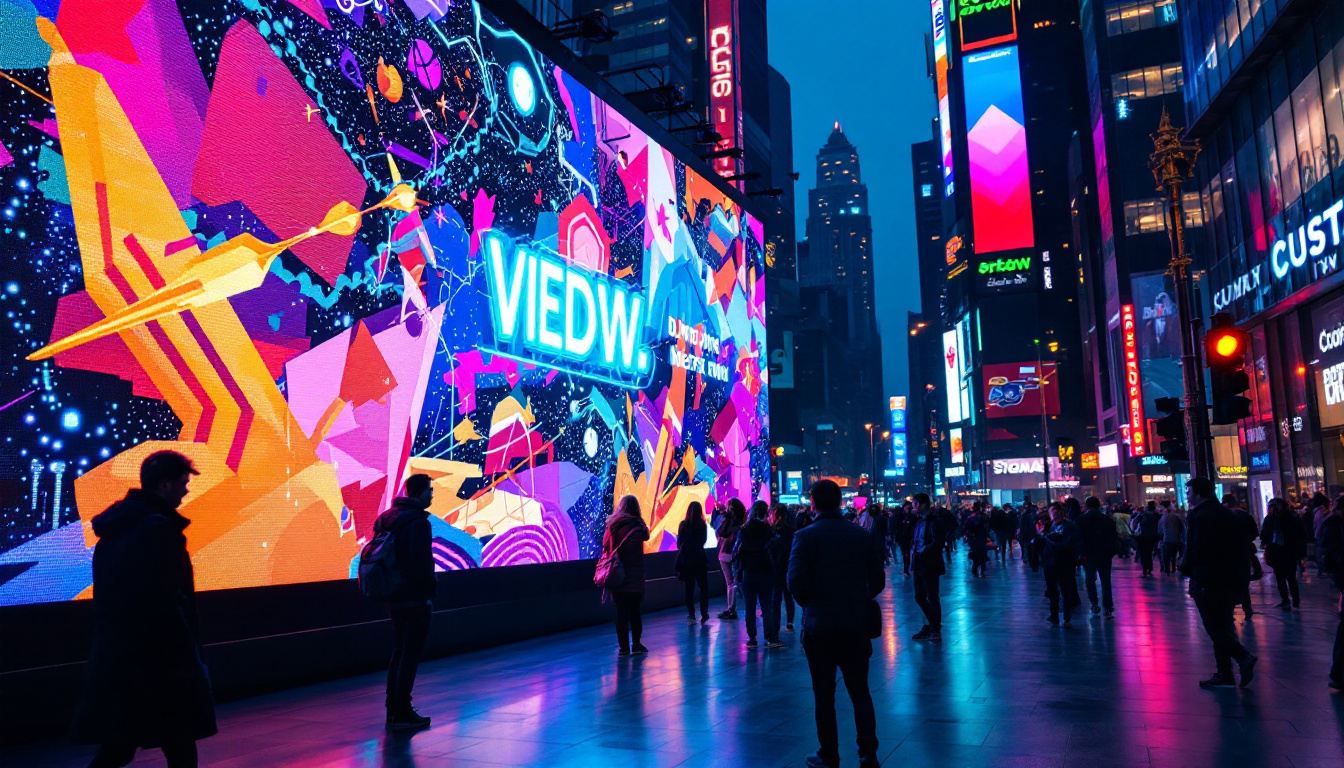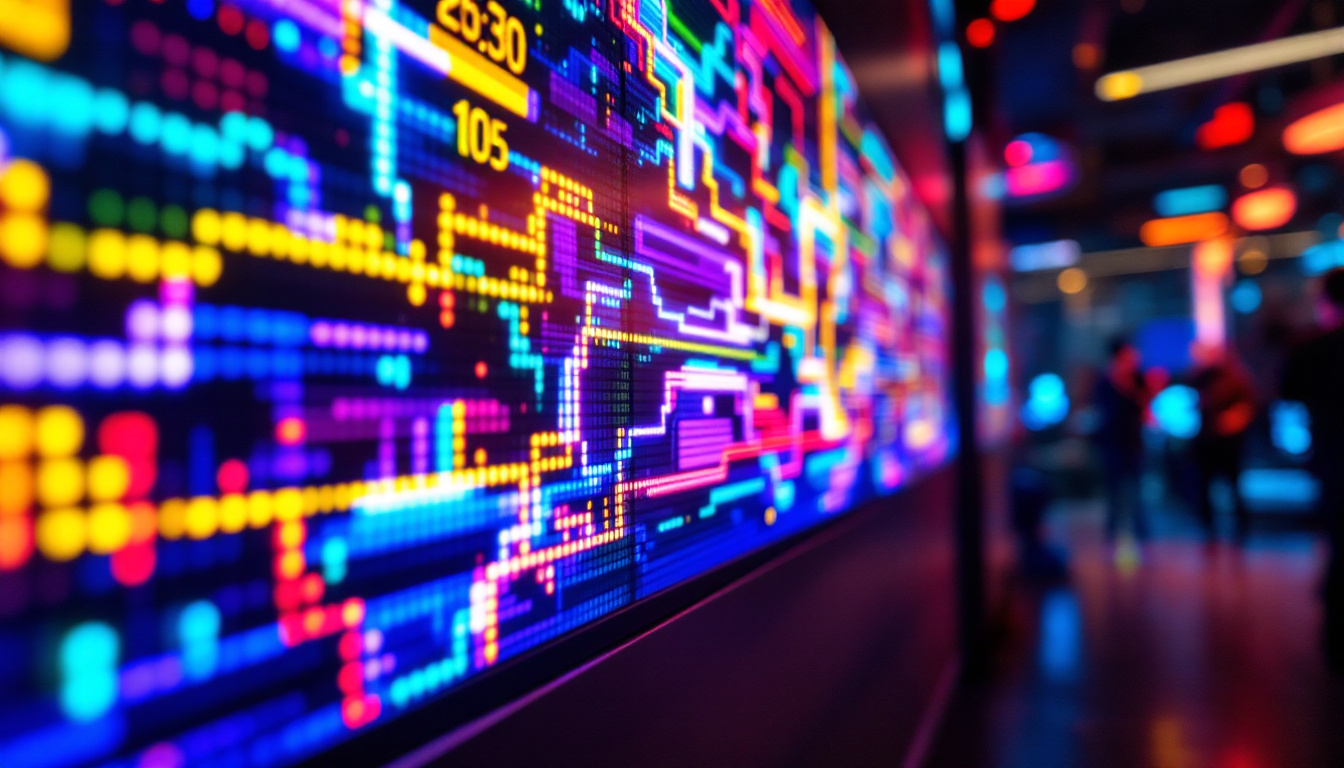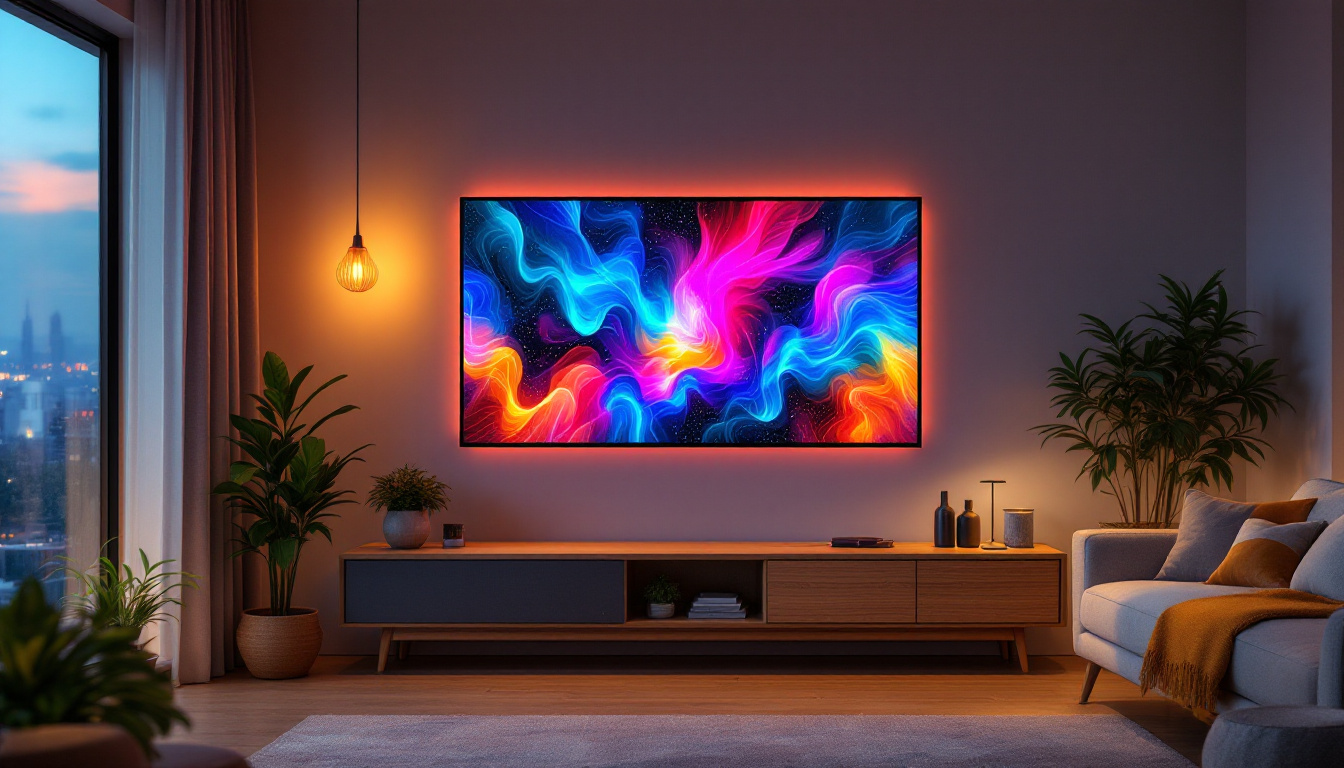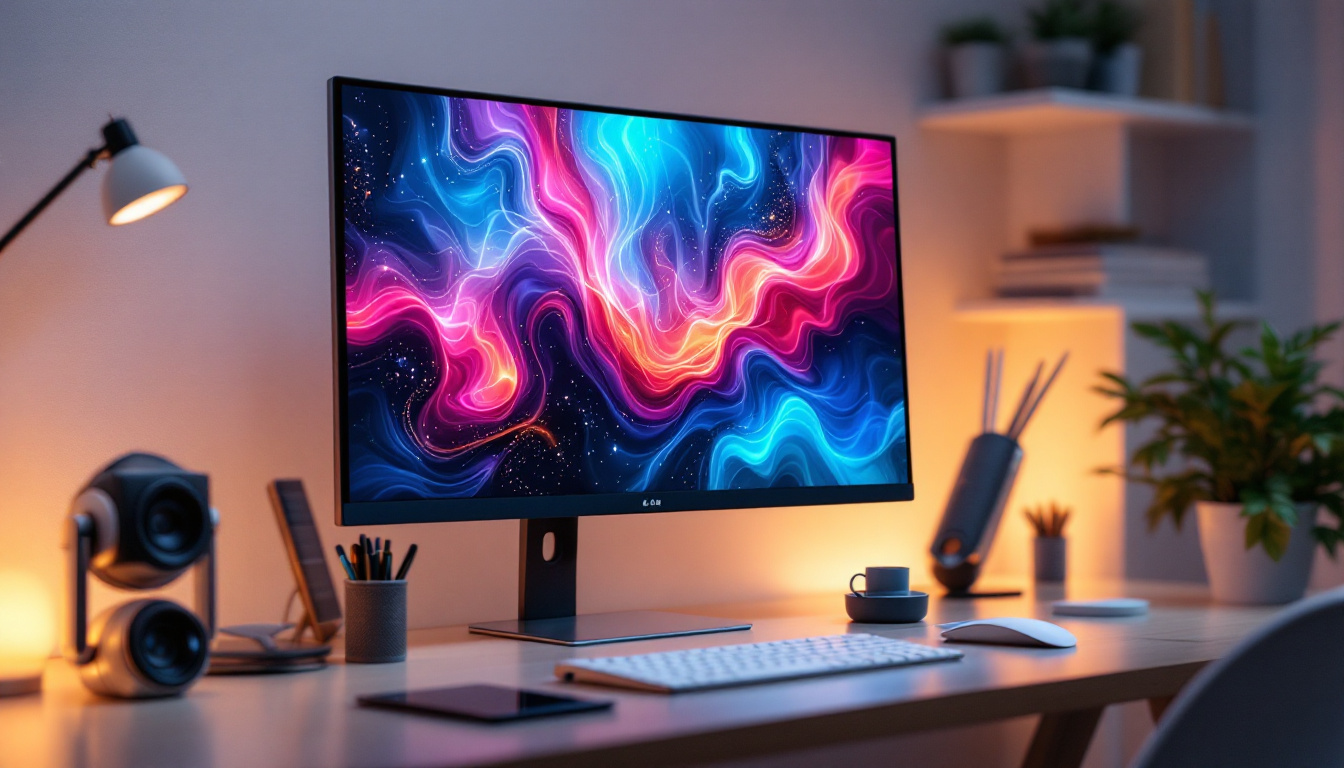In the world of presentations, events, and entertainment, visual displays play a crucial role in conveying information and captivating audiences. Among the various options available, rental projectors paired with screens have gained immense popularity. This article aims to delve into the intricacies of rental projectors and screens, specifically focusing on LED displays, their advantages, and how they can enhance the viewing experience.
Understanding Rental Projectors
Rental projectors are devices designed to project images and videos onto a surface, typically a screen. They are widely used in corporate events, conferences, educational settings, and even home entertainment. The rental aspect allows users to access high-quality equipment without the need for a significant upfront investment. This flexibility is particularly beneficial for businesses that may only require a projector for a one-off event or for educational institutions that want to enhance their teaching methods without the burden of purchasing expensive technology.
Types of Rental Projectors
When considering rental projectors, it is essential to understand the different types available. The most common types include:
- DLP Projectors: Digital Light Processing (DLP) projectors use a digital micromirror device to create images. They are known for their sharpness and brightness, making them suitable for well-lit environments. DLP projectors are often favored for their reliability and minimal maintenance needs, making them a popular choice for business presentations.
- LCD Projectors: Liquid Crystal Display (LCD) projectors utilize liquid crystal panels to produce images. They tend to offer better color accuracy and are ideal for displaying detailed graphics. This makes them particularly useful in educational settings where clarity and precision are paramount, such as in art or science presentations.
- LED Projectors: Light Emitting Diode (LED) projectors use LED technology for illumination. They are energy-efficient, have a longer lifespan, and provide vibrant colors. Their compact size and portability make them a great option for on-the-go presentations or outdoor movie nights.
Each type has its unique advantages, and the choice often depends on the specific requirements of the event or presentation. For instance, a large auditorium may benefit from a high-lumen DLP projector, while a small classroom might find an LCD projector more than sufficient.
Benefits of Renting Projectors
Renting projectors comes with several benefits that can enhance the overall experience of an event:
- Cost-Effectiveness: Renting eliminates the need for a large upfront investment, allowing organizations to allocate their budget more efficiently. This is especially advantageous for startups or small businesses that need to manage their finances carefully while still delivering professional-quality presentations.
- Access to Latest Technology: Rental services often provide access to the latest models and technology, ensuring high-quality presentations. This means users can take advantage of advancements such as 4K resolution or enhanced connectivity options without the commitment of purchasing new equipment.
- Flexibility: Renting allows users to choose equipment based on the specific needs of each event, whether it’s a small meeting or a large conference. This flexibility extends to the duration of the rental, as users can opt for short-term or long-term rentals depending on their needs.
These advantages make rental projectors an attractive option for many organizations and individuals. Furthermore, many rental companies offer support services, including setup and technical assistance, which can alleviate the stress of managing technology during an event. This added layer of service ensures that users can focus on their presentations rather than troubleshooting equipment issues, ultimately leading to a smoother and more successful event experience.
Exploring Screens for Projectors
The screen used in conjunction with a projector can significantly impact the quality of the projected image. Various types of screens are available, each designed for different environments and purposes.
Types of Screens
When selecting a screen for a rental projector, consider the following types:
- Fixed Frame Screens: These are permanently installed screens that provide a taut surface for optimal image quality. They are ideal for dedicated home theaters or conference rooms.
- Portable Screens: As the name suggests, these screens are designed for easy transport and setup. They are perfect for events that require mobility.
- Motorized Screens: These screens can be raised or lowered with the push of a button, offering convenience and a clean look when not in use.
The choice of screen can enhance the overall viewing experience, ensuring that the audience receives the best possible image quality.
Screen Size and Aspect Ratio
Choosing the right screen size and aspect ratio is crucial for achieving the desired visual impact. Factors to consider include:
- Audience Size: A larger audience may require a bigger screen to ensure everyone can see the content clearly.
- Room Size: The dimensions of the room will dictate how far the audience sits from the screen, influencing the appropriate size.
- Content Type: Different content types, such as presentations or videos, may benefit from specific aspect ratios.
Taking these factors into account will help in selecting the most suitable screen for any event.
LED Displays: A Modern Solution
LED displays have emerged as a popular choice for both rental projectors and screens. They offer several advantages that make them a compelling option for various applications.
Advantages of LED Displays
LED displays are known for their vibrant colors and high brightness levels. Some key advantages include:
- Energy Efficiency: LED technology consumes less power compared to traditional projection methods, making it an environmentally friendly choice.
- Longevity: LED displays have a longer lifespan, reducing the need for frequent replacements and maintenance.
- High Contrast Ratios: The ability to produce deep blacks and bright whites enhances the overall image quality, making it suitable for various lighting conditions.
These advantages contribute to the growing popularity of LED displays in both rental and permanent installations.
Applications of LED Displays
LED displays are versatile and can be used in a wide range of applications, including:
- Corporate Events: LED displays can enhance presentations, making them more engaging and visually appealing.
- Concerts and Festivals: The brightness and color vibrancy of LED displays make them ideal for outdoor events, ensuring visibility even in bright sunlight.
- Retail Environments: Many retailers use LED displays to attract customers and showcase products effectively.
The adaptability of LED displays makes them suitable for a variety of settings, enhancing the overall experience for viewers.
Choosing the Right Rental Projector and Screen
Selecting the right rental projector and screen involves careful consideration of several factors. Understanding the specific needs of the event is crucial in making an informed decision.
Assessing the Venue
Before renting equipment, it is essential to assess the venue where the presentation or event will take place. Consider the following:
- Lighting Conditions: The amount of ambient light in the room can affect the choice of projector and screen. Bright environments may require more powerful projectors and screens with higher gain.
- Room Size: A larger room may necessitate a more powerful projector and a larger screen to ensure visibility for all attendees.
- Seating Arrangement: The layout of the seating can influence how the audience views the screen, affecting the choice of size and type.
Taking these factors into account will help in selecting the most appropriate equipment for the event.
Budget Considerations
Budget is often a significant factor when renting projectors and screens. It is essential to balance quality and cost to ensure a successful event. Consider the following:
- Rental Costs: Research rental companies to find competitive pricing while ensuring the quality of equipment.
- Additional Expenses: Factor in any additional costs, such as delivery, setup, and technical support, when budgeting for the rental.
- Long-Term vs. Short-Term Needs: If frequent rentals are anticipated, consider investing in equipment rather than renting to save costs in the long run.
By carefully evaluating budget considerations, organizations can make informed decisions that align with their financial constraints.
Setting Up the Equipment
Once the appropriate rental projector and screen have been selected, the next step is setting up the equipment. Proper setup is crucial for ensuring optimal performance during the event.
Installation Tips
Here are some tips for setting up rental projectors and screens effectively:
- Positioning: Ensure the projector is positioned at the correct distance from the screen for optimal image size and clarity.
- Alignment: Align the projector with the center of the screen to avoid distortion and ensure a professional appearance.
- Testing: Conduct a test run before the event to check for any issues with image quality, sound, and connectivity.
Taking the time to set up the equipment properly can prevent technical difficulties during the event.
Technical Support
Having technical support available during the event can alleviate stress and ensure everything runs smoothly. Consider the following:
- On-Site Support: Many rental companies offer on-site technical support to assist with setup and troubleshooting.
- Contact Information: Keep contact information for the rental company handy in case any issues arise during the event.
- Training: If unfamiliar with the equipment, request a brief training session from the rental company to understand its features and functions.
Having access to technical support can enhance the overall experience and ensure a successful event.
Conclusion
Rental projectors and screens, particularly those utilizing LED display technology, provide an effective solution for enhancing presentations and events. By understanding the various types of projectors and screens available, assessing venue requirements, and considering budget constraints, organizations can make informed decisions that lead to successful outcomes.
With the right equipment in place, audiences can enjoy vibrant visuals and engaging presentations, making every event memorable. Whether for corporate meetings, educational settings, or entertainment purposes, the combination of rental projectors and screens offers versatility and quality that can elevate any occasion.
As technology continues to evolve, staying informed about the latest advancements in rental projectors and screens will ensure that users can take full advantage of the opportunities available in the realm of visual displays.
Discover LumenMatrix LED Display Solutions
Ready to elevate your next event with unparalleled visual quality? Look no further than LumenMatrix, a pioneer in LED display technology. Our extensive range of products, from Indoor and Outdoor LED Walls to innovative LED Sports and Floor Displays, is designed to captivate your audience and amplify your message. Embrace the future of visual communication with our Custom, All-in-One, and Transparent LED solutions. Check out LumenMatrix LED Display Solutions today and transform your presentations into extraordinary experiences.

